Home>Home Appliances>Kitchen Appliances>How Long To Run Espresso Machine
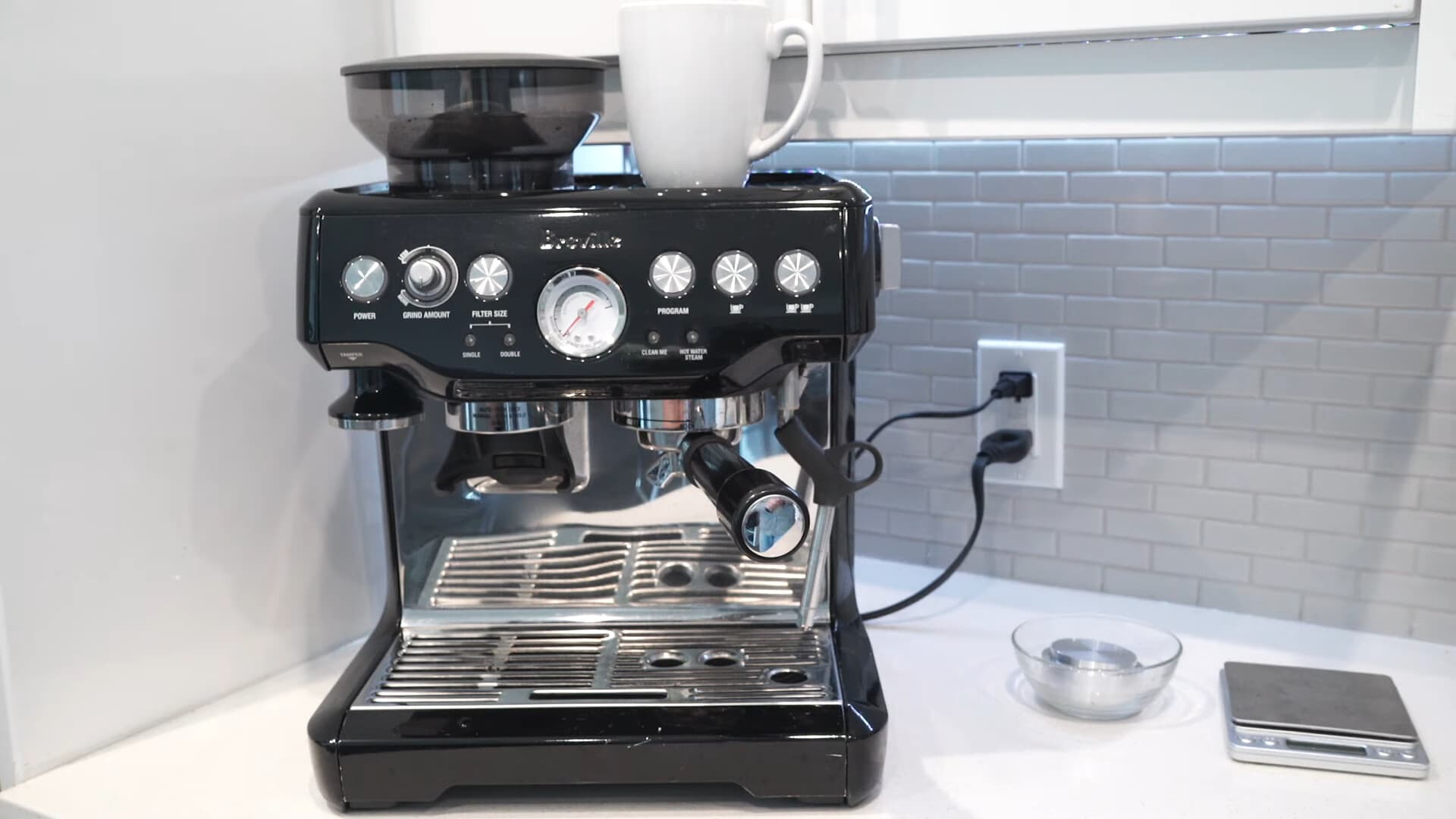

Kitchen Appliances
How Long To Run Espresso Machine
Modified: January 6, 2024
Learn the ideal duration for running your espresso machine and keeping it in top condition. Find out more about kitchen appliances maintenance.
(Many of the links in this article redirect to a specific reviewed product. Your purchase of these products through affiliate links helps to generate commission for Storables.com, at no extra cost. Learn more)
Introduction
Introduction
Espresso machines have become a staple in many households, allowing coffee enthusiasts to enjoy a perfect cup of espresso without leaving the comfort of their homes. One common question that arises among espresso aficionados is, “How long should I run my espresso machine?” The answer to this question is multifaceted, as several factors come into play when determining the optimal running time for an espresso machine.
In this article, we will delve into the various factors that affect the running time of an espresso machine, explore the concept of over-extraction and under-extraction, discuss the importance of maintenance and cleaning, and ultimately provide insights into achieving the perfect shot of espresso.
Whether you are a seasoned barista or a novice home brewer, understanding the nuances of running an espresso machine is crucial for mastering the art of making exceptional espresso. Let’s embark on this journey to uncover the secrets of running an espresso machine with precision and finesse.
Key Takeaways:
- Running an espresso machine for 20 to 30 seconds is ideal for extracting the perfect shot of espresso. Factors like grind size, bean freshness, and water pressure play a crucial role in achieving the optimal running time.
- Regular maintenance and cleaning, such as backflushing, descaling, and seal upkeep, are essential for ensuring consistent running times and high-quality espresso extraction. Prioritizing these tasks preserves the performance of the espresso machine.
Factors Affecting Running Time
Several factors influence the running time of an espresso machine, each playing a pivotal role in the extraction process and the resulting flavor profile of the espresso. Understanding these factors is essential for achieving consistency and quality in every shot of espresso. Let’s explore the key elements that impact the running time of an espresso machine:
- Coffee Grind Size: The fineness or coarseness of the coffee grounds significantly affects the running time of an espresso machine. Finer grounds offer more resistance to the water flow, leading to a longer extraction time, while coarser grounds allow water to pass through more quickly, resulting in a shorter running time.
- Bean Freshness: The freshness of the coffee beans influences the running time as well. Freshly roasted beans tend to degas and release carbon dioxide, creating small bubbles that impede water flow. This can extend the running time, especially with finer grinds, as the water must work its way through the CO2 bubbles.
- Water Pressure: The pressure at which water is forced through the coffee grounds plays a crucial role in determining the running time. Higher water pressure can shorten the running time, while lower pressure may prolong the extraction process.
- Portafilter Size and Design: The size and design of the portafilter impact the flow of water through the coffee grounds. A larger portafilter may require a longer running time to ensure thorough extraction, while a smaller one may necessitate a shorter running time.
- Coffee Dose: The amount of coffee used in the portafilter, known as the coffee dose, directly affects the running time. A larger dose may extend the running time, whereas a smaller dose can result in a quicker extraction.
By considering these factors and making adjustments as necessary, baristas and home brewers can fine-tune the running time of their espresso machines to achieve the desired flavor and aroma in every shot of espresso. Now that we have explored the factors affecting running time, let’s delve into the concept of optimal running time for extracting the perfect espresso.
Optimal Running Time
Finding the optimal running time for an espresso machine is a critical step in the pursuit of brewing the perfect shot of espresso. While the ideal running time can vary based on personal preferences and specific coffee blends, there are general guidelines to help achieve the desired extraction. The aim is to extract the flavors and aromas from the coffee grounds without over-extracting or under-extracting, ultimately producing a balanced and flavorful espresso.
Typically, the optimal running time for a standard espresso shot falls within the range of 20 to 30 seconds. This timeframe is measured from the moment water comes into contact with the coffee grounds until the desired volume of espresso is extracted. It is important to note that this guideline serves as a starting point, and adjustments may be necessary based on various factors such as grind size, bean freshness, and machine-specific nuances.
Baristas and home brewers often rely on visual cues to determine the optimal running time. The espresso should flow steadily from the portafilter, resembling a thin, honey-like stream. If the extraction is too fast and the espresso appears watery, it may indicate under-extraction. Conversely, if the extraction is too slow and the espresso looks thick and syrupy, it may signal over-extraction.
Experimentation and sensory evaluation play a crucial role in fine-tuning the running time. By tasting the espresso and assessing its flavor profile, individuals can adjust the running time to achieve the perfect balance of sweetness, acidity, and bitterness. Additionally, keeping detailed records of the running time, grind size, and other variables can aid in refining the extraction process for future brews.
It’s important to recognize that the optimal running time is not a rigid standard but rather a dynamic parameter that can be tailored to suit individual preferences and coffee characteristics. As we continue our exploration, we will delve into the implications of over-extraction and under-extraction, shedding light on the potential pitfalls and how to mitigate them.
Over-Extraction and Under-Extraction
Understanding the concepts of over-extraction and under-extraction is essential for honing the art of brewing exceptional espresso. Both scenarios can significantly impact the flavor, aroma, and overall quality of the final product. Let’s delve into the characteristics of over-extraction and under-extraction, as well as their potential implications:
- Over-Extraction: This occurs when the running time is prolonged, leading to excessive extraction of undesirable compounds from the coffee grounds. Over-extracted espresso often exhibits a dark, bitter taste, accompanied by a lack of sweetness and a thin body. The prolonged contact with water can extract an excessive amount of tannins and other compounds, resulting in an unbalanced and harsh flavor profile. Additionally, over-extracted espresso may appear excessively dark and exhibit a crema that dissipates rapidly.
- Under-Extraction: Conversely, under-extraction occurs when the running time is too short, resulting in insufficient extraction of the desirable flavors and aromas from the coffee grounds. Under-extracted espresso tends to be sour, lacking in complexity, and may exhibit a thin, watery consistency. The limited contact with water prevents the extraction of desirable compounds, leading to an unbalanced flavor profile with pronounced acidity and a lack of sweetness.
Recognizing the signs of over-extraction and under-extraction is crucial for refining the brewing process. Visual cues, such as the appearance of the espresso during extraction, can provide valuable insights into the extraction quality. By identifying the characteristics associated with over-extraction and under-extraction, baristas and home brewers can make informed adjustments to the running time and other variables to achieve the desired flavor balance and mouthfeel.
Now that we have explored the implications of over-extraction and under-extraction, let’s shift our focus to the significance of maintenance and cleaning in ensuring the optimal performance of an espresso machine.
It is recommended to run an espresso machine for about 5-10 seconds before brewing to ensure the water is heated to the proper temperature and to flush out any old coffee grounds. This helps to improve the quality and flavor of the espresso.
Maintenance and Cleaning
Proper maintenance and regular cleaning are vital for preserving the functionality and performance of an espresso machine. Neglecting these essential tasks can lead to a host of issues that may affect the running time and overall quality of the espresso. Let’s delve into the significance of maintenance and cleaning in ensuring the optimal operation of an espresso machine:
- Backflushing and Group Head Cleaning: Backflushing the espresso machine and cleaning the group head are critical for removing residual coffee oils and debris that can accumulate over time. Failing to perform these cleaning procedures can impede water flow and lead to inconsistent running times. Regular backflushing and group head cleaning help maintain the integrity of the machine’s components, ensuring smooth and reliable operation.
- Descaling: Over time, mineral deposits and scale can build up within the internal components of the espresso machine, hindering water flow and pressure. Descaling the machine at regular intervals is essential for preventing these issues and preserving the optimal running time. Using a high-quality descaling solution can effectively remove mineral buildup, promoting efficient extraction and consistent performance.
- Seal and Gasket Maintenance: The seals and gaskets in an espresso machine play a crucial role in maintaining proper pressure and preventing leaks. Regular inspection and replacement of worn seals and gaskets are necessary to ensure a tight seal and optimal running time. Damaged or deteriorated seals can lead to water leaks and fluctuations in pressure, impacting the extraction process.
- Grinder Maintenance: If your espresso machine features an integrated grinder, it’s essential to maintain and clean the grinder regularly. Proper grinder maintenance ensures that the coffee beans are ground to the desired consistency, contributing to consistent running times and extraction quality.
By incorporating these maintenance practices into a routine maintenance schedule, espresso enthusiasts can safeguard the performance and longevity of their machines, ultimately contributing to consistent and precise running times for extracting exceptional espresso.
As we conclude our exploration, it’s evident that maintenance and cleaning are integral components of achieving the perfect shot of espresso. By prioritizing these tasks, individuals can uphold the operational efficiency of their espresso machines and enjoy the rewards of consistently delightful espresso experiences.
Conclusion
Embarking on the journey to master the art of running an espresso machine is a rewarding endeavor that requires attention to detail, experimentation, and a deep appreciation for the nuances of coffee extraction. Throughout this exploration, we have uncovered the multifaceted elements that influence the running time of an espresso machine and the pivotal role it plays in crafting the perfect shot of espresso.
From the factors affecting running time, including coffee grind size, bean freshness, water pressure, portafilter design, and coffee dose, to the pursuit of finding the optimal running time that yields a balanced and flavorful espresso, we have delved into the intricacies of espresso extraction. The concepts of over-extraction and under-extraction have shed light on the potential pitfalls and the importance of fine-tuning the running time to achieve the desired flavor profile.
Furthermore, we have emphasized the significance of maintenance and cleaning in preserving the operational efficiency of an espresso machine. Regular backflushing, descaling, seal and gasket maintenance, and grinder upkeep are essential practices that contribute to consistent running times and the overall quality of espresso extraction.
As espresso enthusiasts, whether seasoned baristas or aspiring home brewers, it is paramount to approach the art of running an espresso machine with curiosity, patience, and a willingness to adapt and refine our techniques. The pursuit of the perfect shot of espresso is a dynamic and enriching endeavor that invites us to engage our senses, experiment with variables, and savor the fruits of our labor with each meticulously crafted cup of espresso.
In conclusion, the running time of an espresso machine serves as a gateway to unlocking the rich flavors, captivating aromas, and delightful nuances inherent in coffee beans. By understanding the interplay of factors, striving for the optimal running time, and upholding diligent maintenance practices, we can elevate our espresso experiences and share the joy of exceptional coffee with others.
May this journey inspire you to embark on countless delightful espresso adventures, each infused with the artistry and precision of running an espresso machine with finesse.
Frequently Asked Questions about How Long To Run Espresso Machine
Was this page helpful?
At Storables.com, we guarantee accurate and reliable information. Our content, validated by Expert Board Contributors, is crafted following stringent Editorial Policies. We're committed to providing you with well-researched, expert-backed insights for all your informational needs.
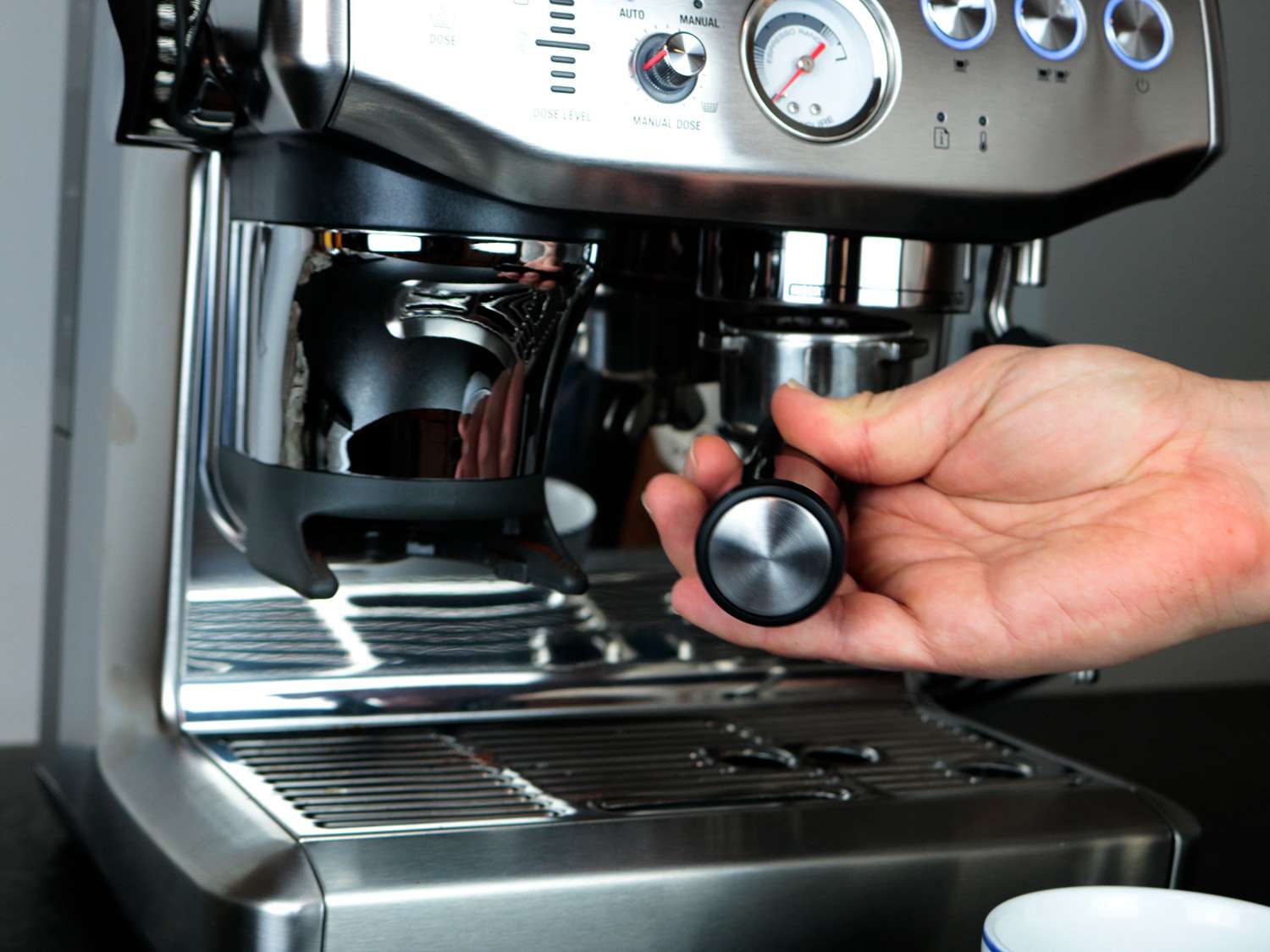
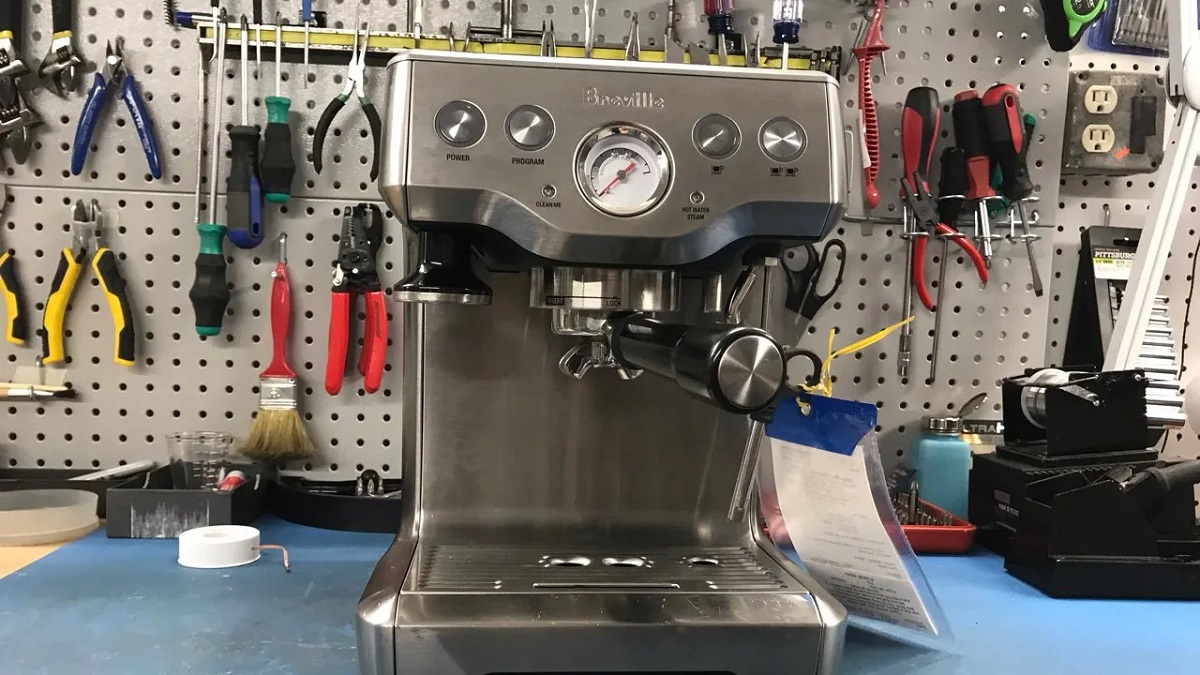
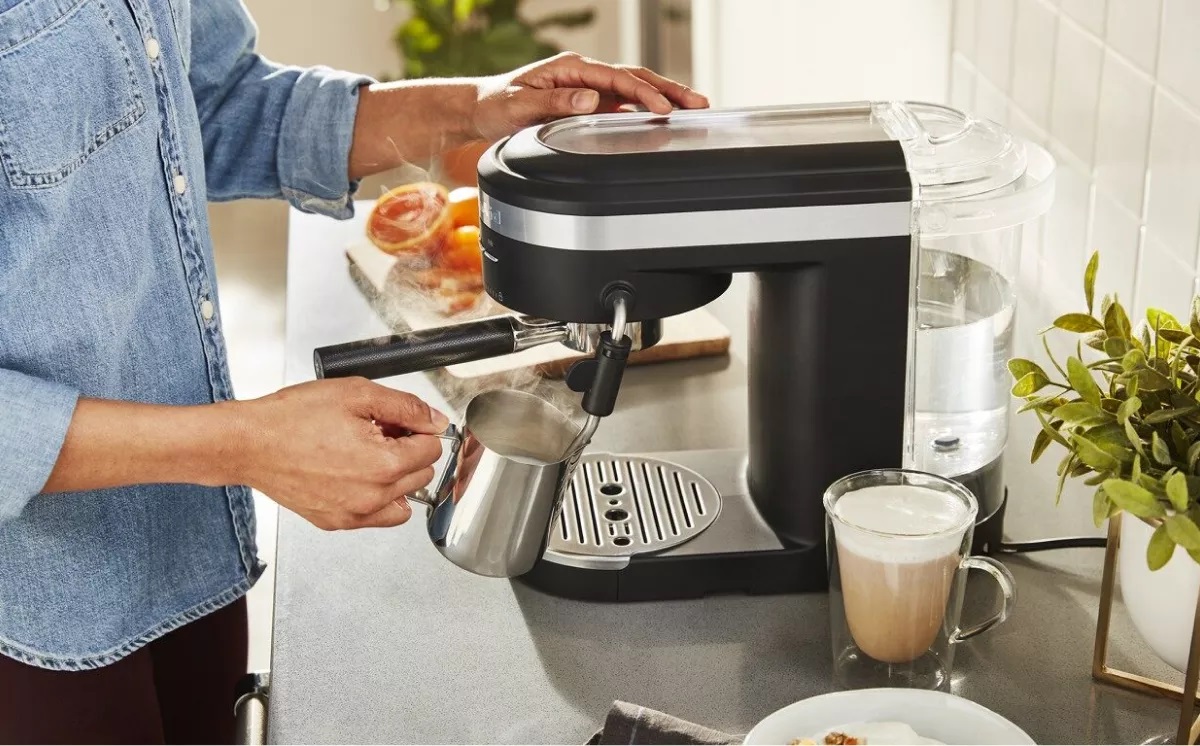
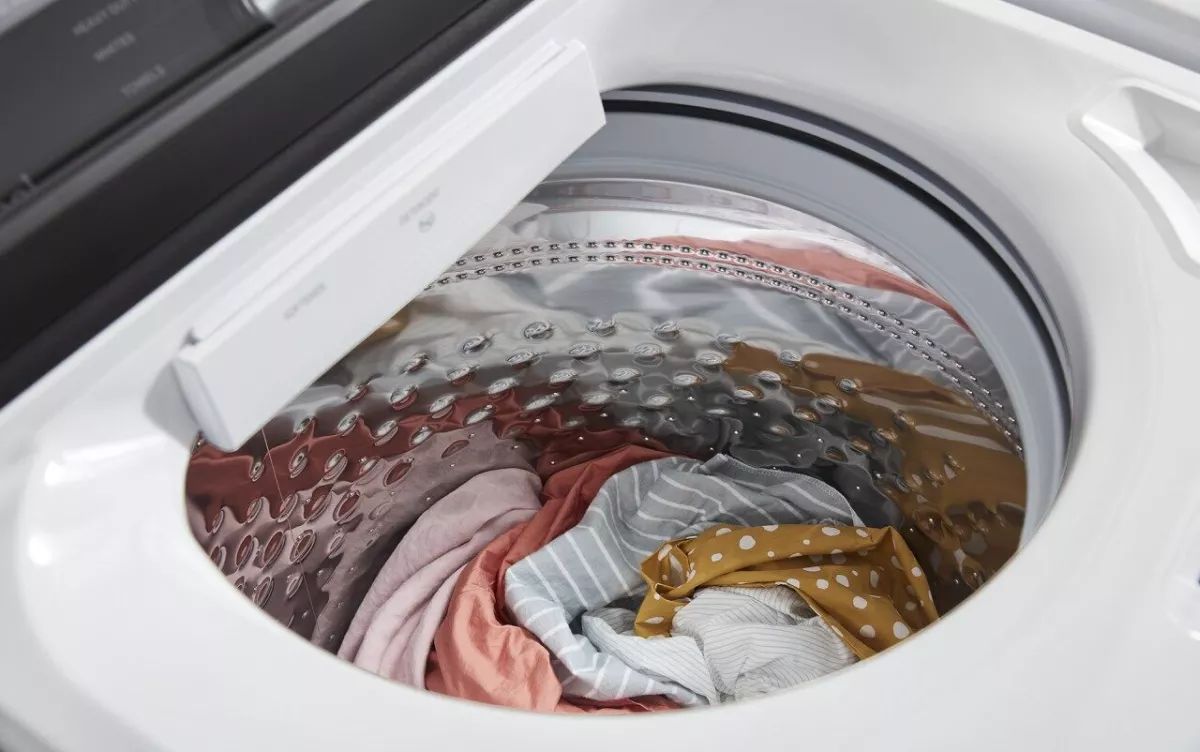
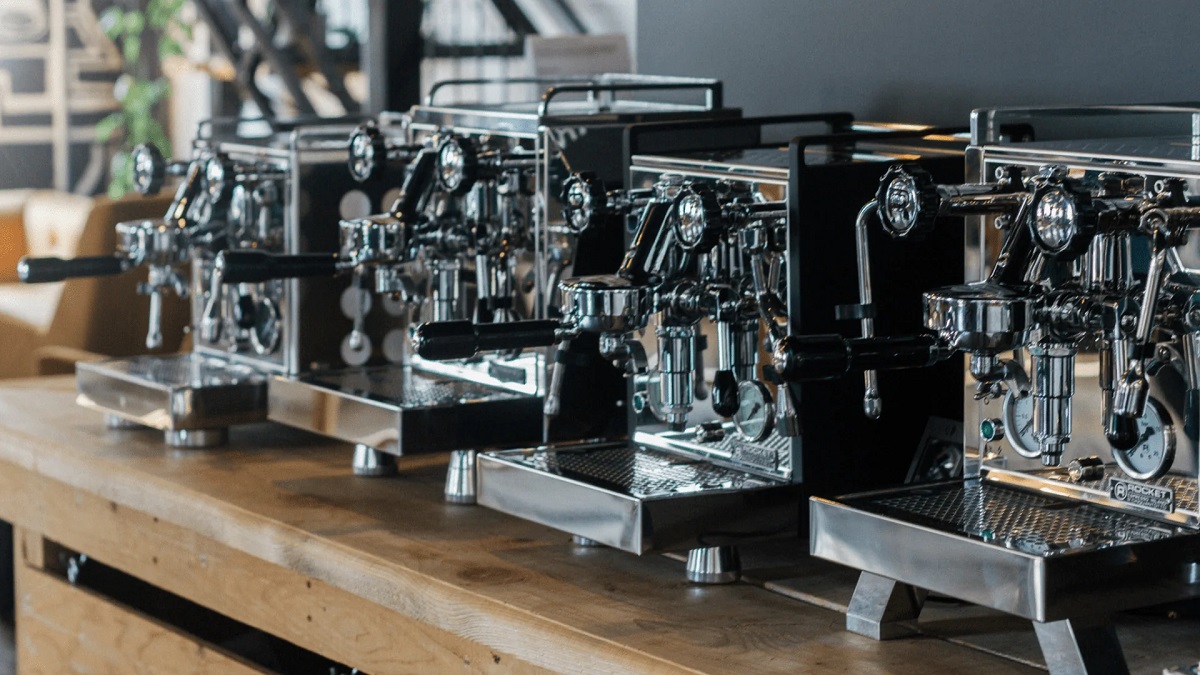
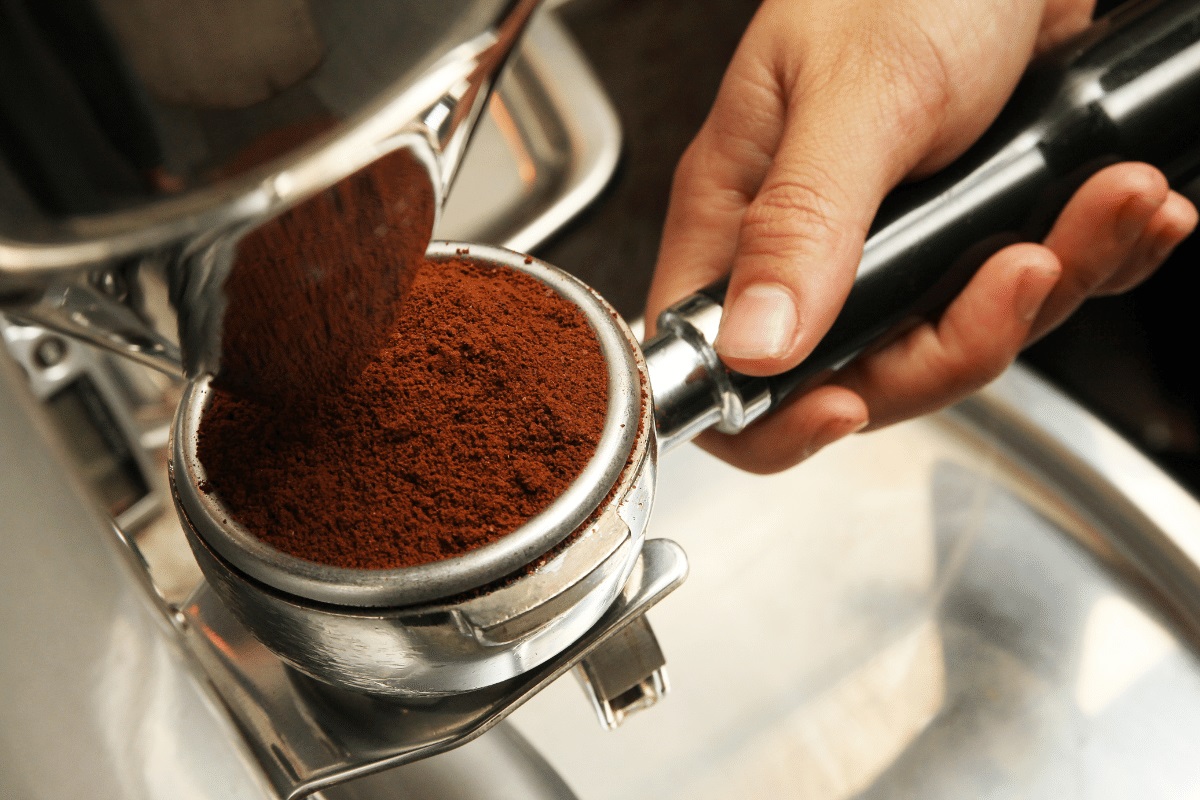
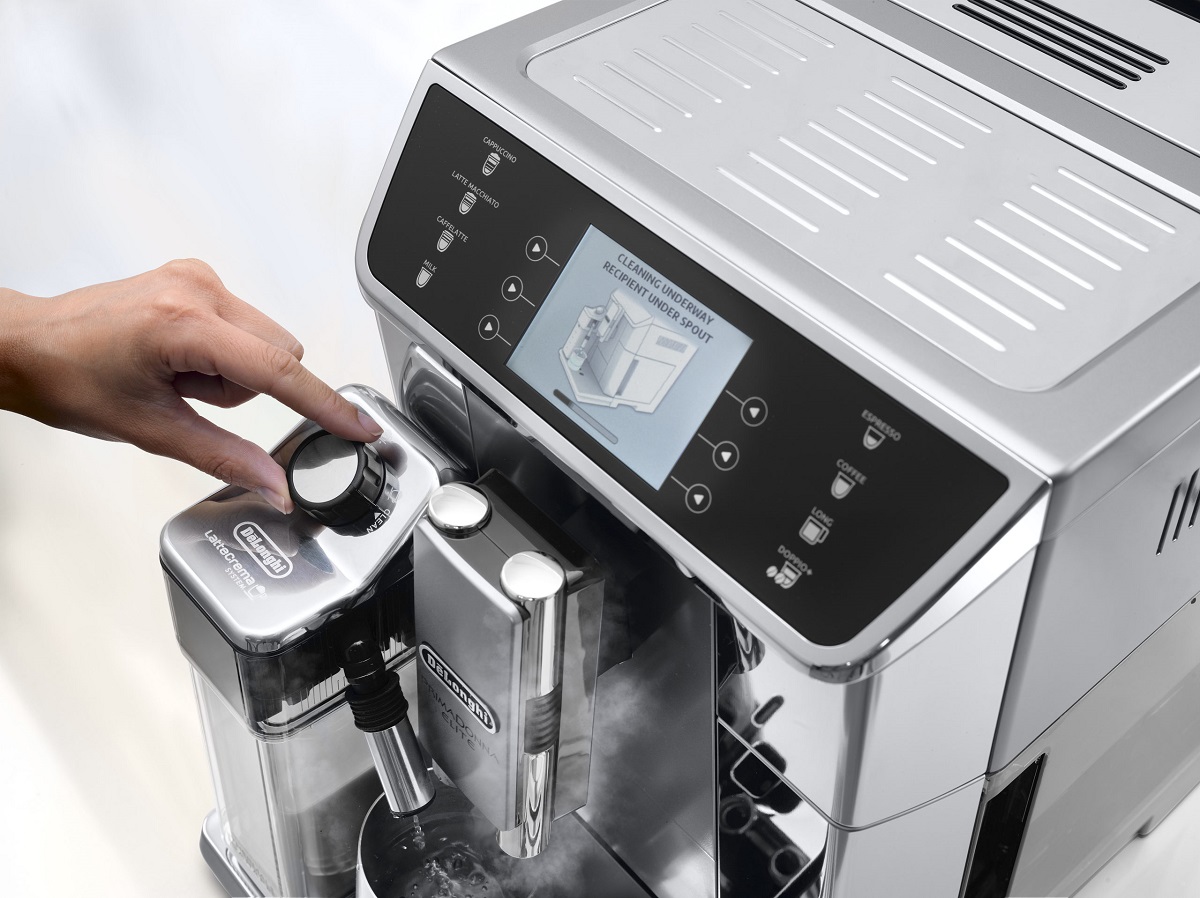
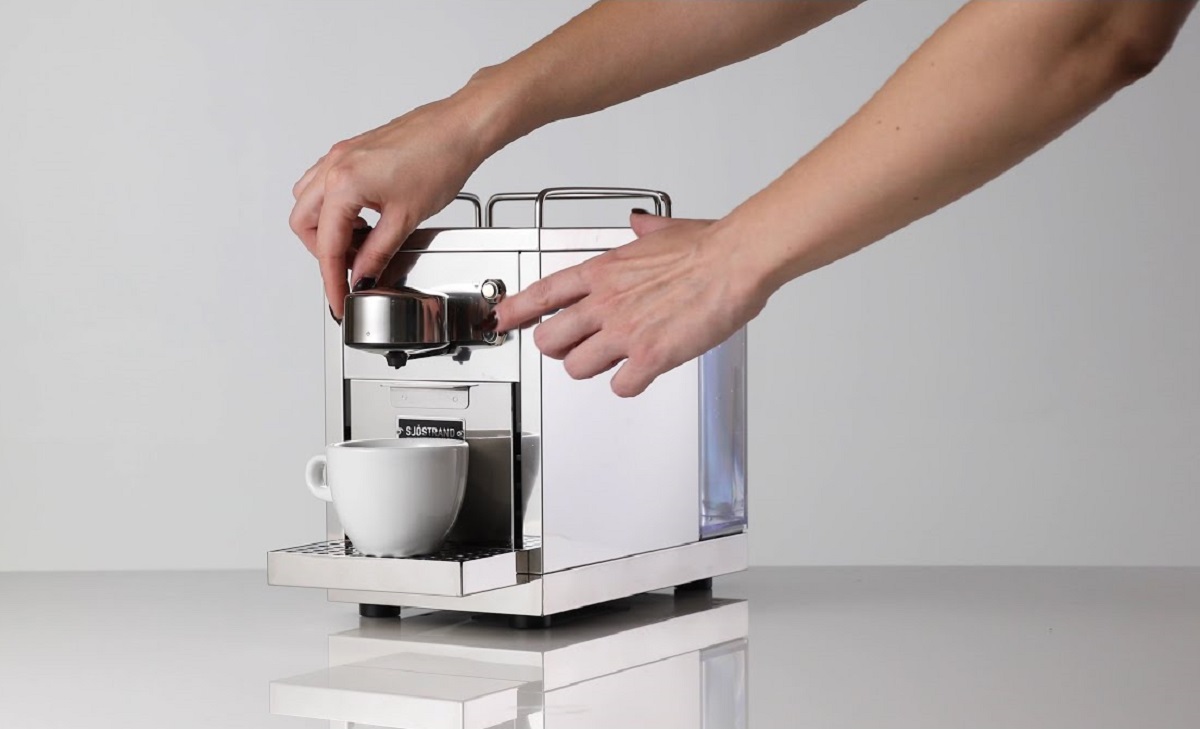
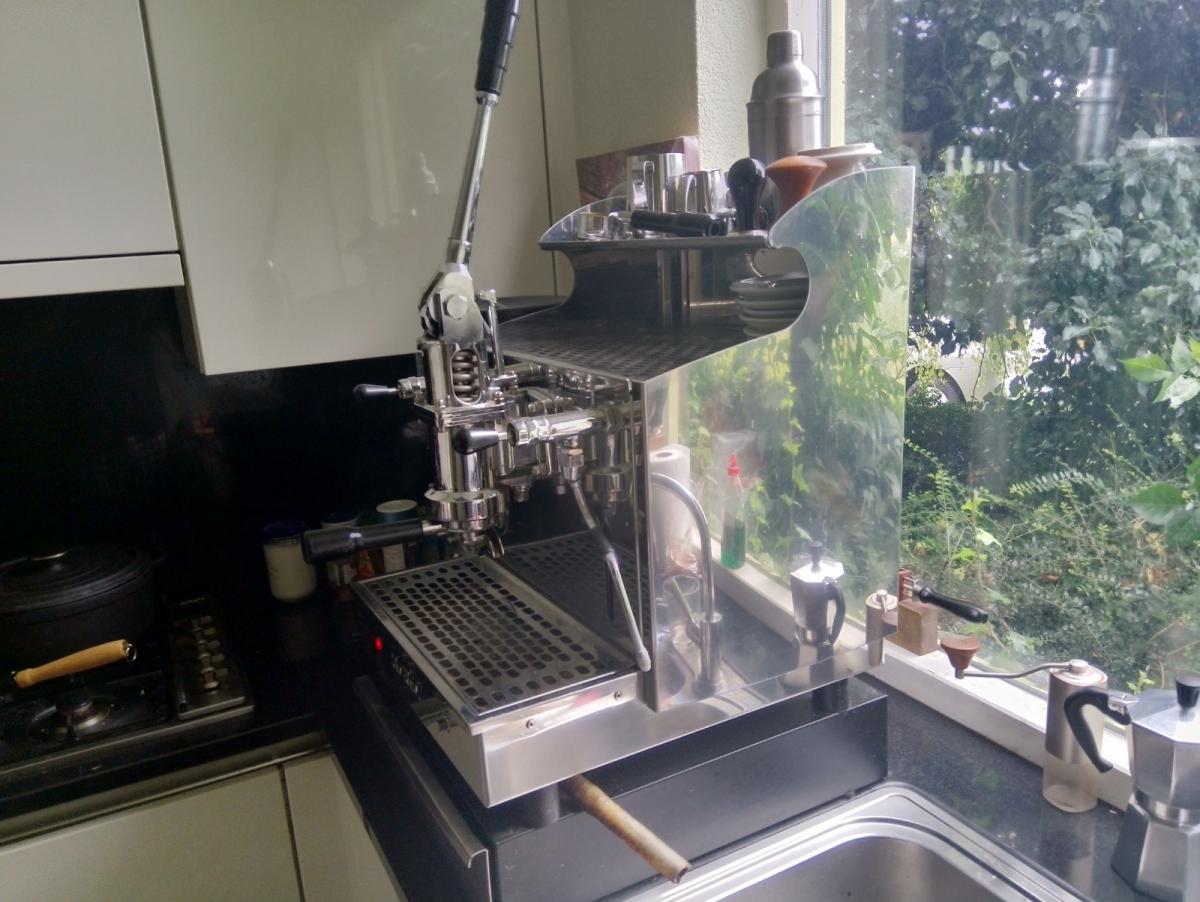
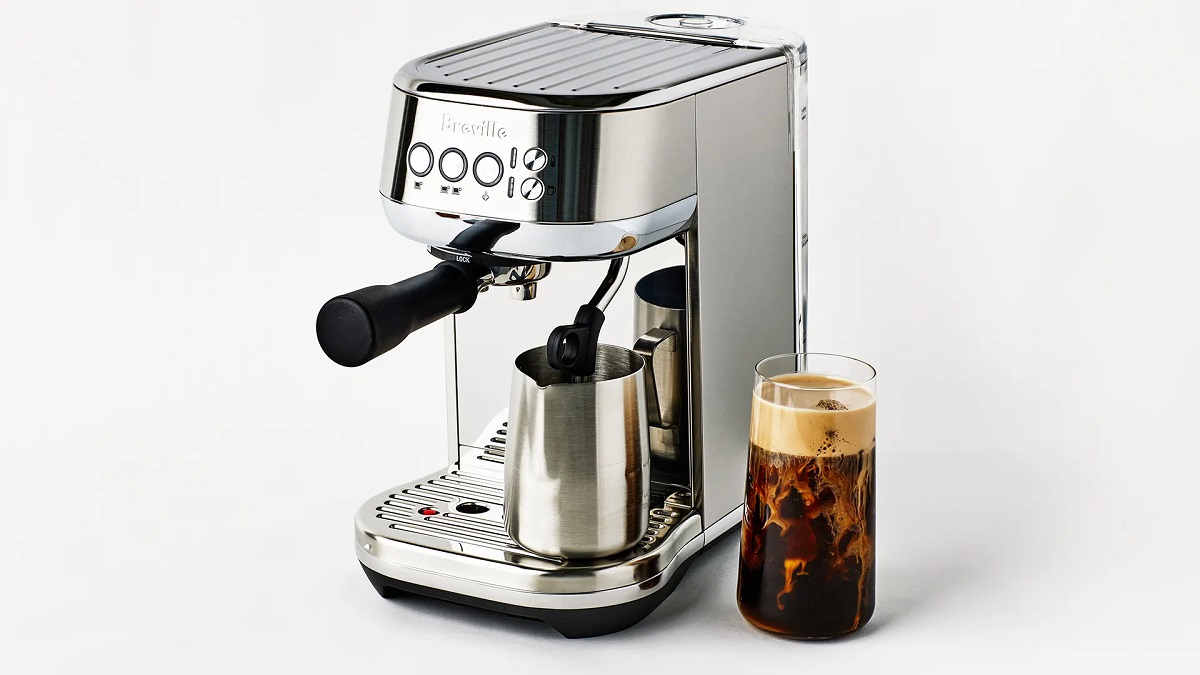
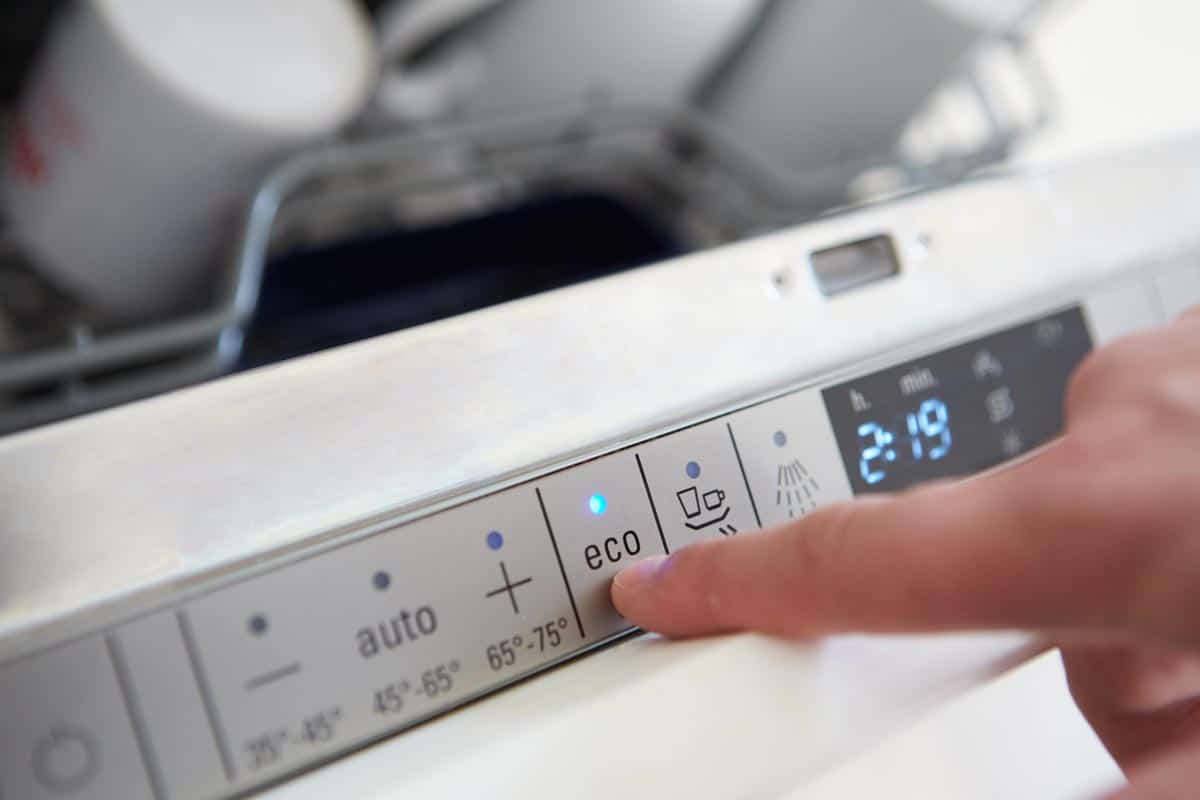
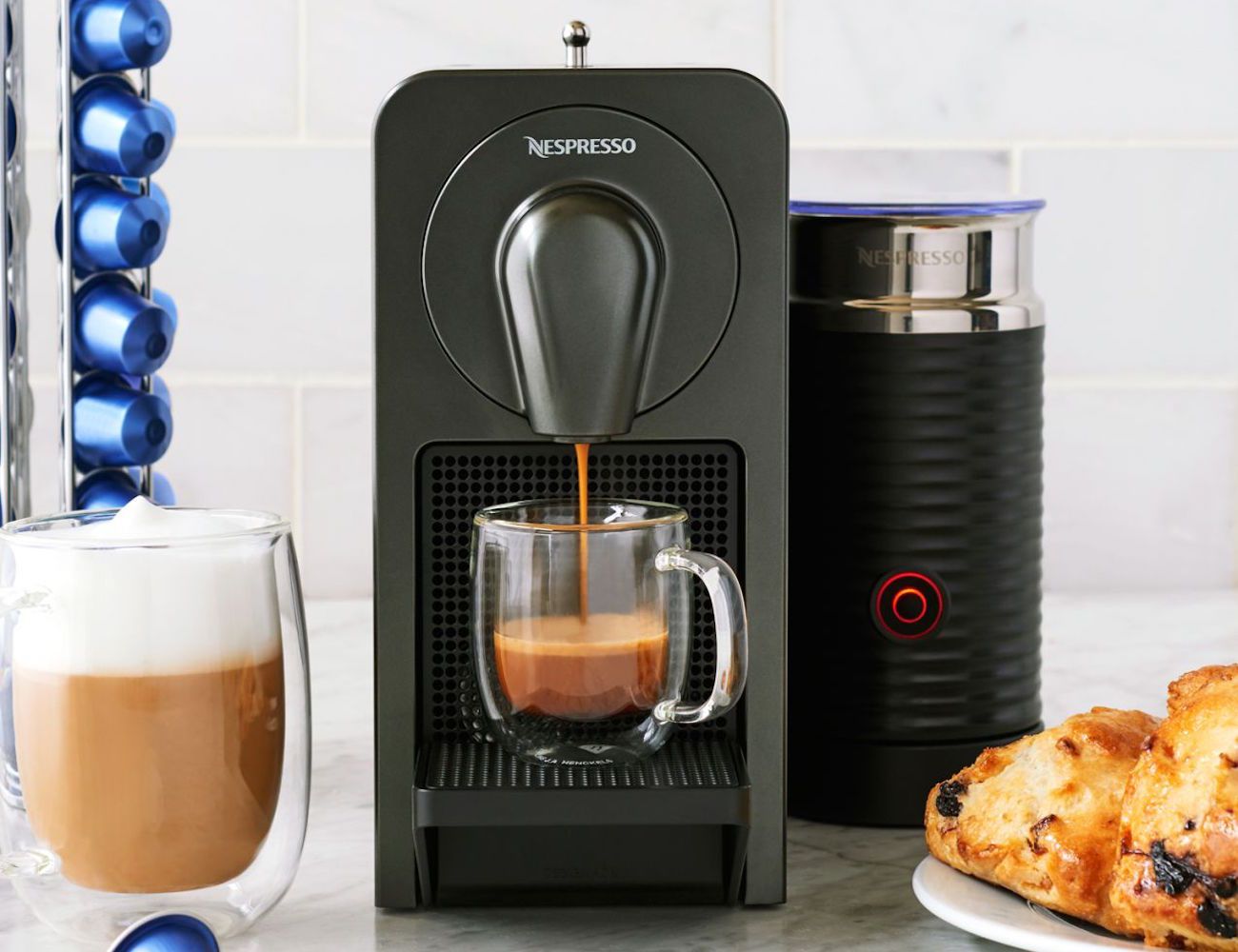
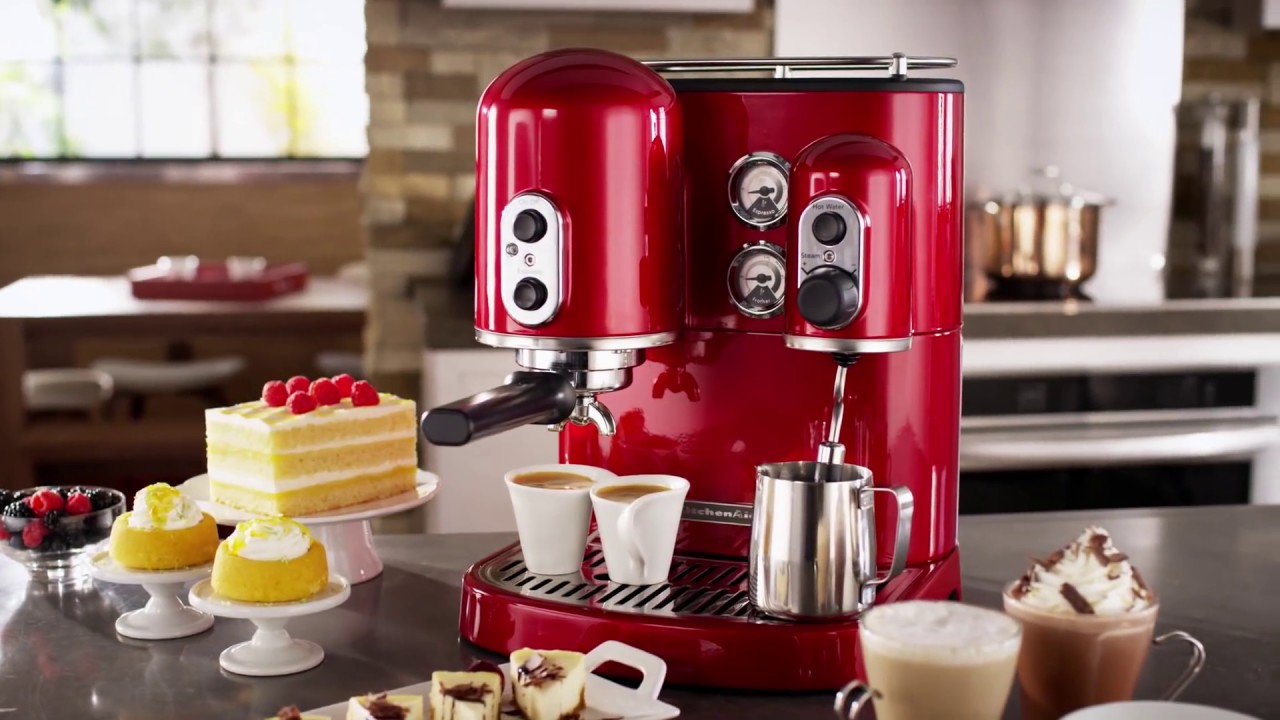
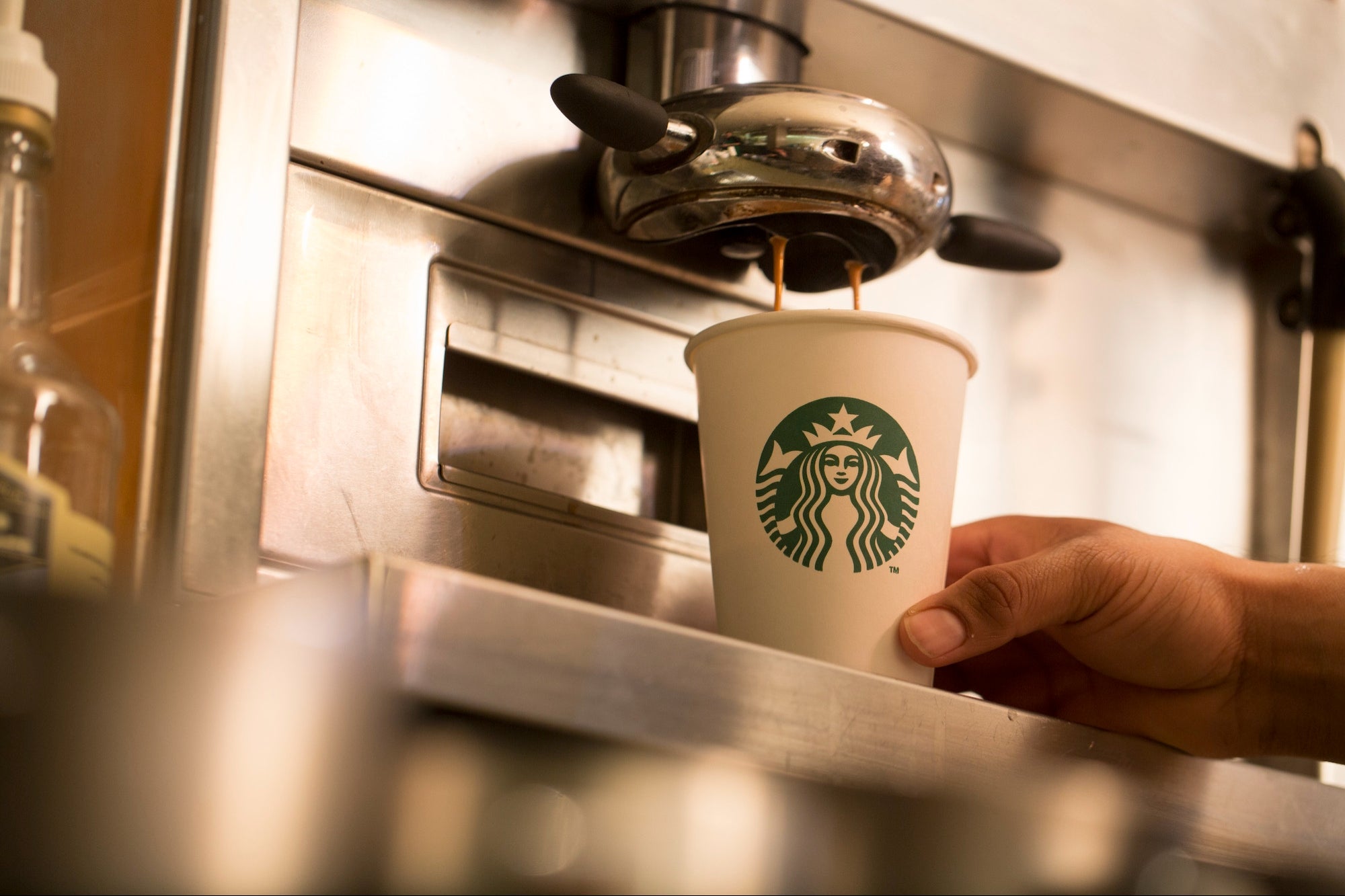

0 thoughts on “How Long To Run Espresso Machine”